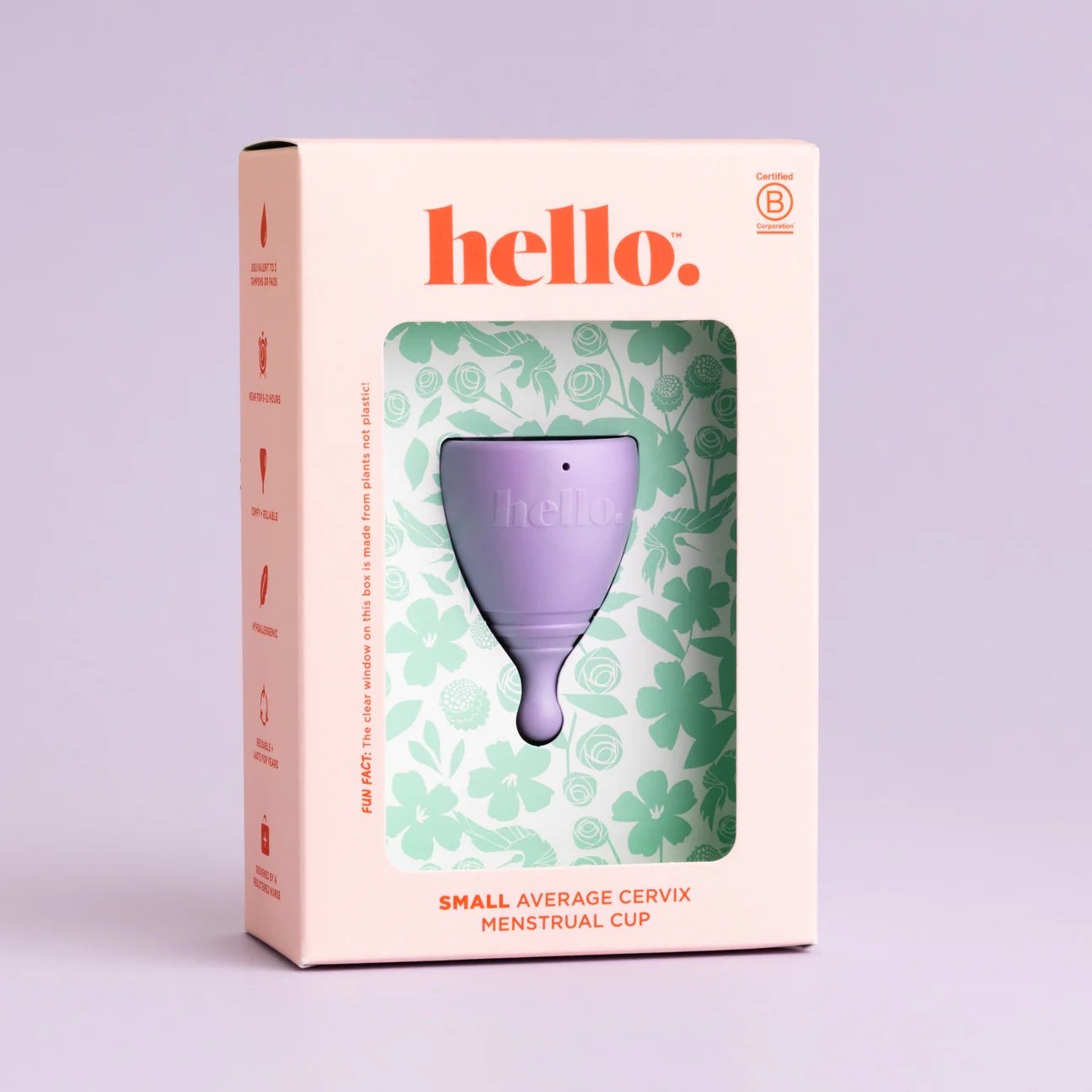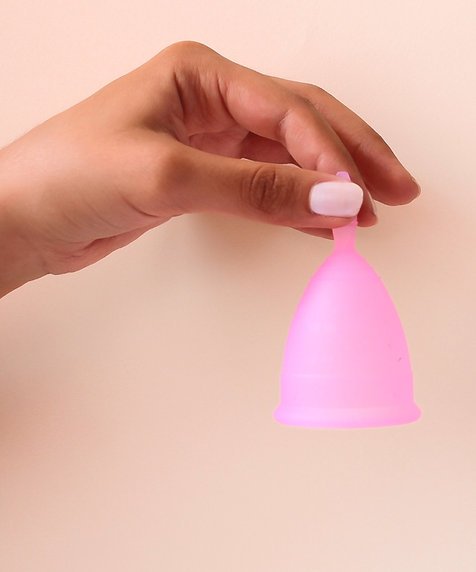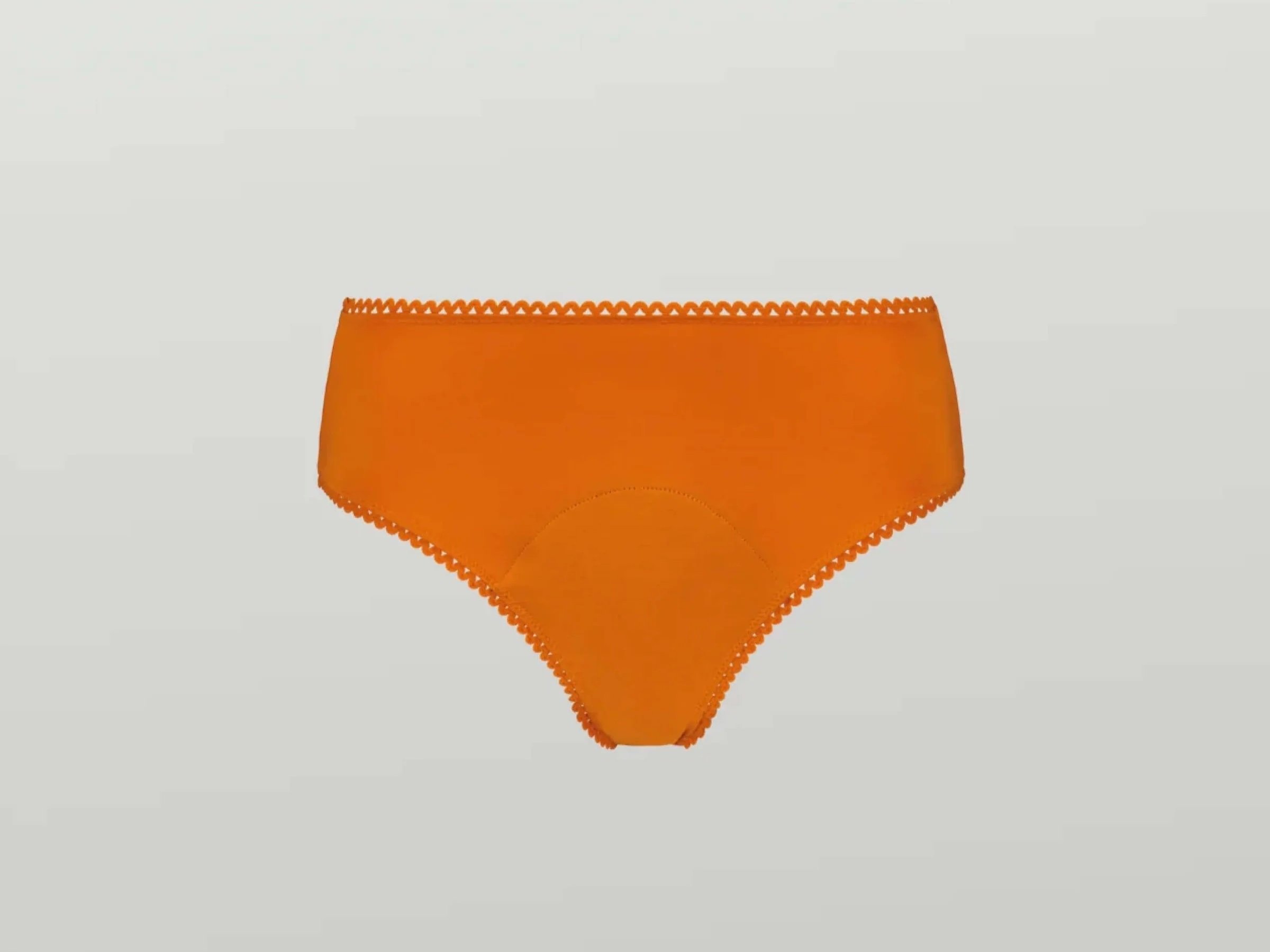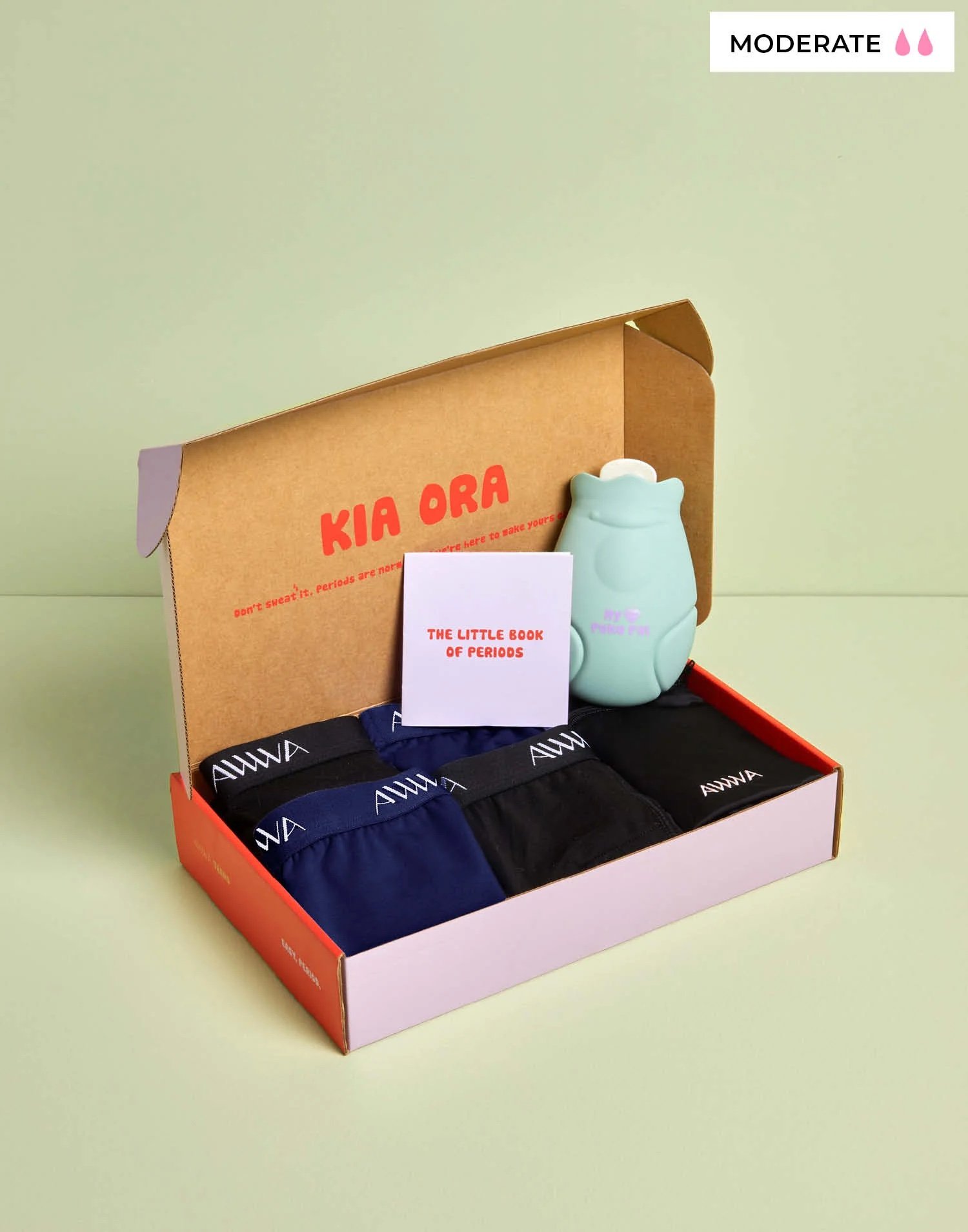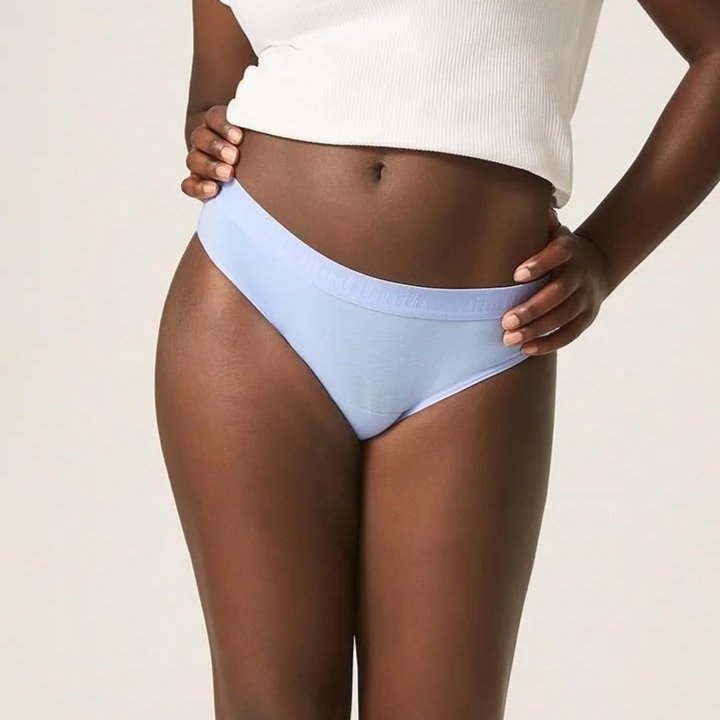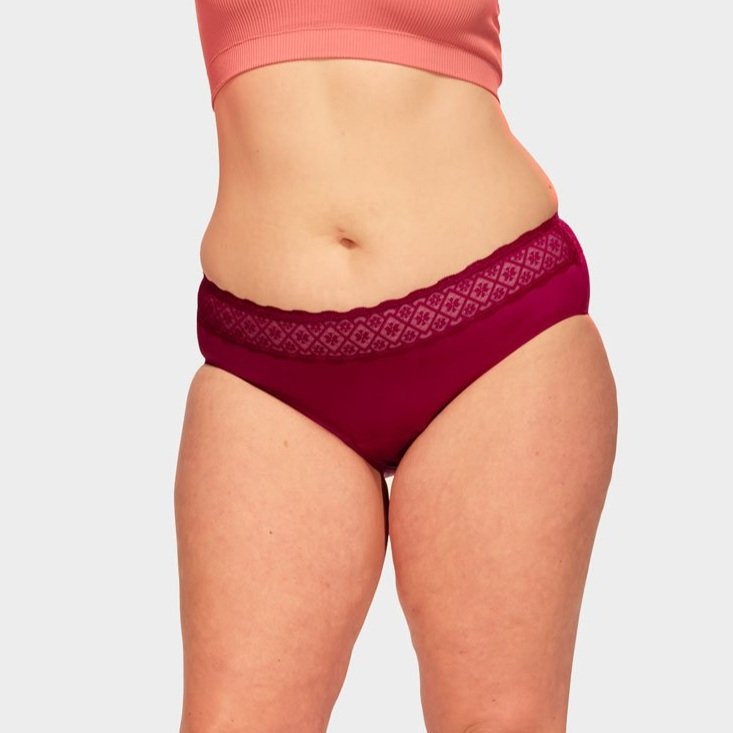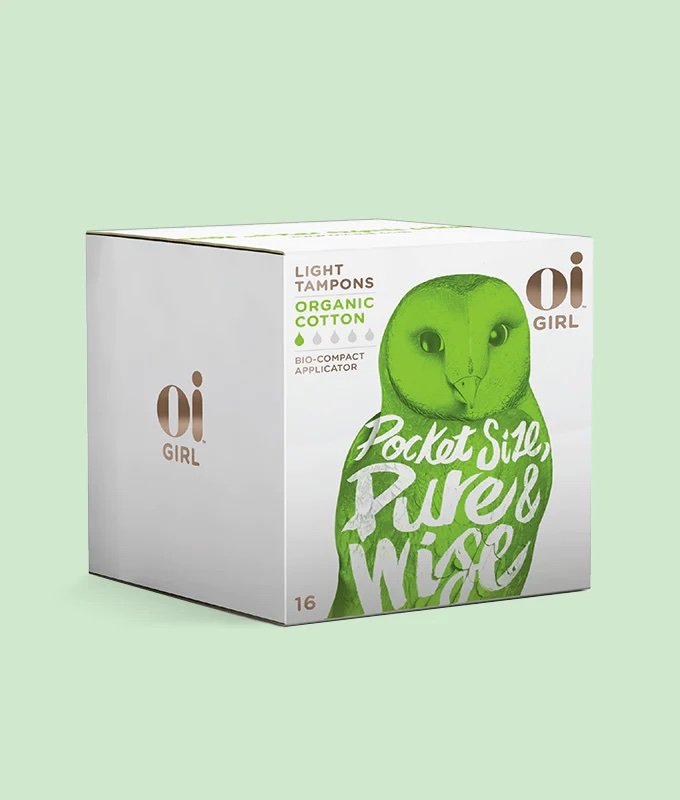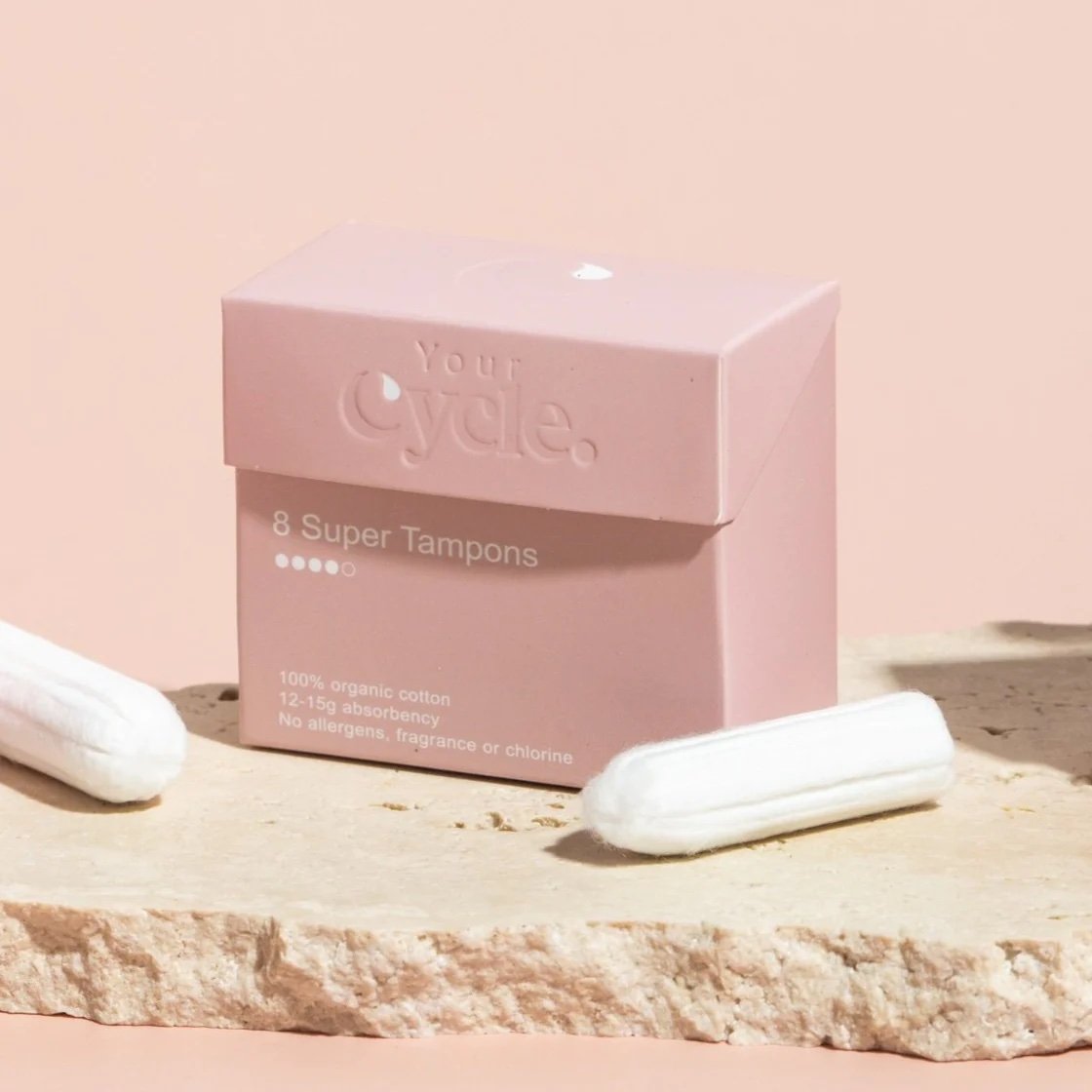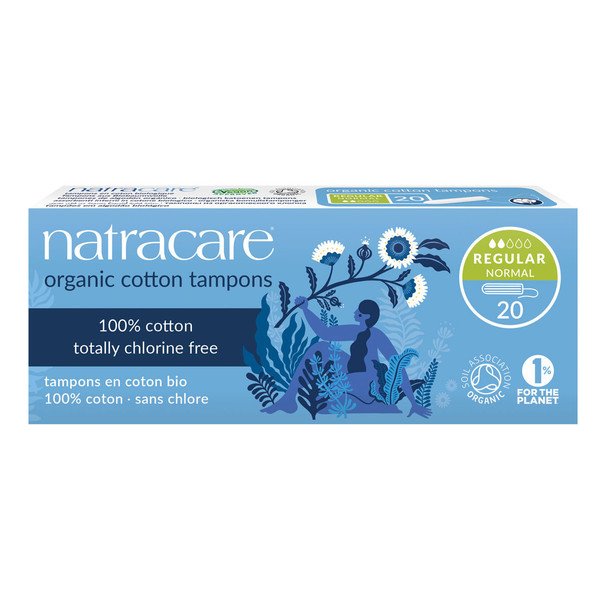The best products for a more sustainable period.
Do you know how much the average woman spends on period products in her lifetime?
It’s a lot. It is estimated that the average woman will have 480 periods, use 12,000 tampons or pads and spill 14 litres of blood during her life*.
If she buys one pack of mid-range tampons at $5.80 per period, that works out to be $2,640…
Tampons and pads cost us big time and that doesn’t even include the price of things like pain relief, chocolate and wheat bags.
It’s hardly fair but it’s the price we pay for eventually bringing life into the world.
But aside from those nine months you are pregnant, it’s a huge pain in the butt.
However there are now far better options available for girls than there were even ten years ago.
In an effort to lower the cost on our wallets AND the planet, Billie has investigated the best eco-friendly period products on the market.
Menstrual Cups.
What are they?
These guys came out of nowhere about six years ago and have become the go-to period product for so many women.
The cup, made from silicone, rubber or latex is folded and inserted like a tampon. It then unfolds inside the vagina where it creates a seal and collects the blood.
There are a lot of options for emptying your moon cup but a popular one is in the shower where you can easily remove, wash, and reinsert without making a mess or having to do the awkward pants-around-your-ankles walk to the sink to rinse it.
However, If you are not yet entirely comfortable with tampons and getting right on in there, I would not recommend moon cups just yet.
Mastering the art of the tampon is the first step before moving on to these as moon cups require you to get a little bit more familiar with yourself.
Pros:
These great to wear and forget without worry. Obviously, you want to empty them and wash them regularly but you can go for up to 12 hours with one in
They hold more blood than a tampon or a pad
Once you’ve got one, you’re set. Say goodbye to those monthly period product shops
They are small and discreet
They work for swimming
Cons:
These are a big one-off cost, however they will last for 1-2 years
Not a great option if you aren’t yet comfortable with tampons
A menstrual cup will take some practice to get right
You will need to sterilise the menstrual cup monthly
Brands to try:
Product details (from L to R): TOM Organic Period Cup ($40.00), The Hello Cup ($49.95), Moraka Menstrual Cup ($22.00)
Period Undies.
What are they?
These are essentially the eco-friendly version of pads
These are perfect for early on in your period journey as they are easy to use and completely comfortable.
Simply put them on and you’re away!
Depending on your flow, a pair should be good for roughly the same time as 1-5 tampons/pads. Simply take them off, rinse them in the shower or sink and then hang them out to dry.
Pros:
These are very user friendly, which is a great option when you are just starting your period. Often the thought of tampons or menstrual cups can be daunting but there is no worry with period undies
They are much better for the environment, substantially reducing period waste
Some brands also offer period swimwear equivalents
Cons:
Like moon cups, period undies are a big upfront cost. However unlike the cups, you may need a couple of pairs to circulate throughout the week while you are bleeding as you won’t be able to rinse them and put them back on straight away
These also only last two years, which means the cost is recurring however you should be replacing normal undies every year anyway!
If you are out and about and find you need a change of period undies, this may be a logistically a little more difficult than traditional period products. Many of the brands also offer a wet bag that you can put them in to after use but they will take up more room in your bag than a single tampon or pad
You need to be careful when washing and not use fabric softener or put in the dryer
Brands to try:
Product details (from L to R): AWWA Teen Period Kit ($201.25), ModiBodi Hipster Bikini ($27.00), Libra Period Proof Hipster Underwear ($24.99)
Organic Cotton Pads and Tampons.
So you’re not comfortable with moon cups or period undies? THAT IS FINE!
You shouldn’t feel guilty for resorting to the old faithful’s because periods honestly suck and you should do what you are most comfortable with in what is a bloody unfair time.
There are plenty of eco-friendly pads and tampons on the market so you can still feel like you’re playing your part environmentally. Most are made from organic cotton and plenty of companies are making sure their packaging is also recyclable.
Pros:
Organic cotton decompose much faster than average products
Easy and convenient
Non-toxic organic cotton is more gentle in and on sensitive bodies
Most packaging is recyclable or biodegradable, including plastic! Put the plastic packaging (like pad wrappers) in the soft plastics recycling instead of straight into the landfill. Simply keep a little box or bag by the toilet and pop the clean plastic wrappers back in there for when you’re making a trip to the supermarket for the soft plastics drop off
Cons:
Organic cotton period products often have a higher price point than regular products
Although they decompose much faster than regular tampons and pads, organic cotton products still end up in the landfill
The wet feeling can be more noticeable in organic cotton pads
Still carry a risk of Toxic Shock Syndrome
Brands to try:
Product details (from L to R): Oi Girl BioCompact Tampons ($7.99), Your Cycle Super Tampons ($4.50), Natracare Regular Tampons ($5.79)
Remember when it comes to periods there is no one product that is right for everyone. The main thing is that you feel comfortable and able to go about your day without worry.





